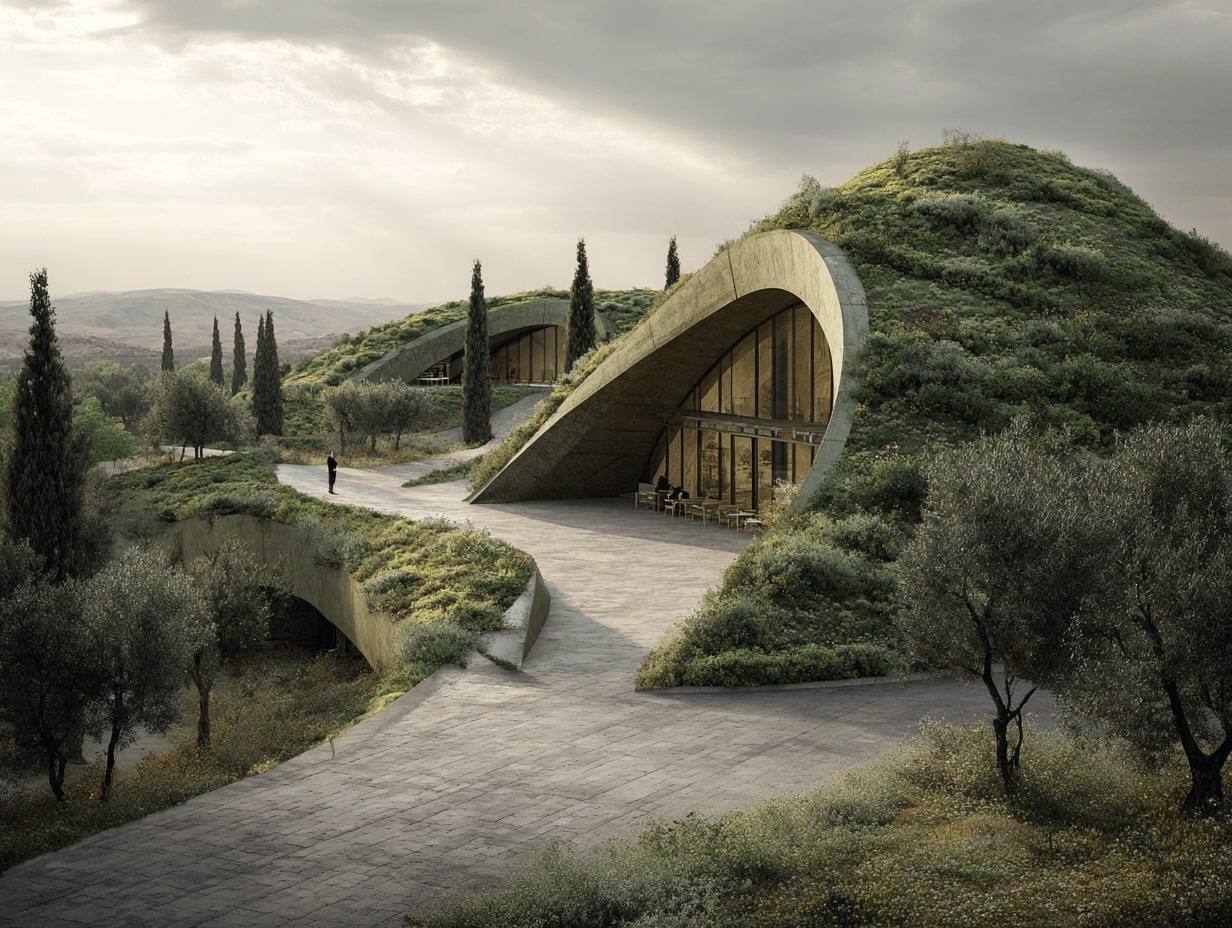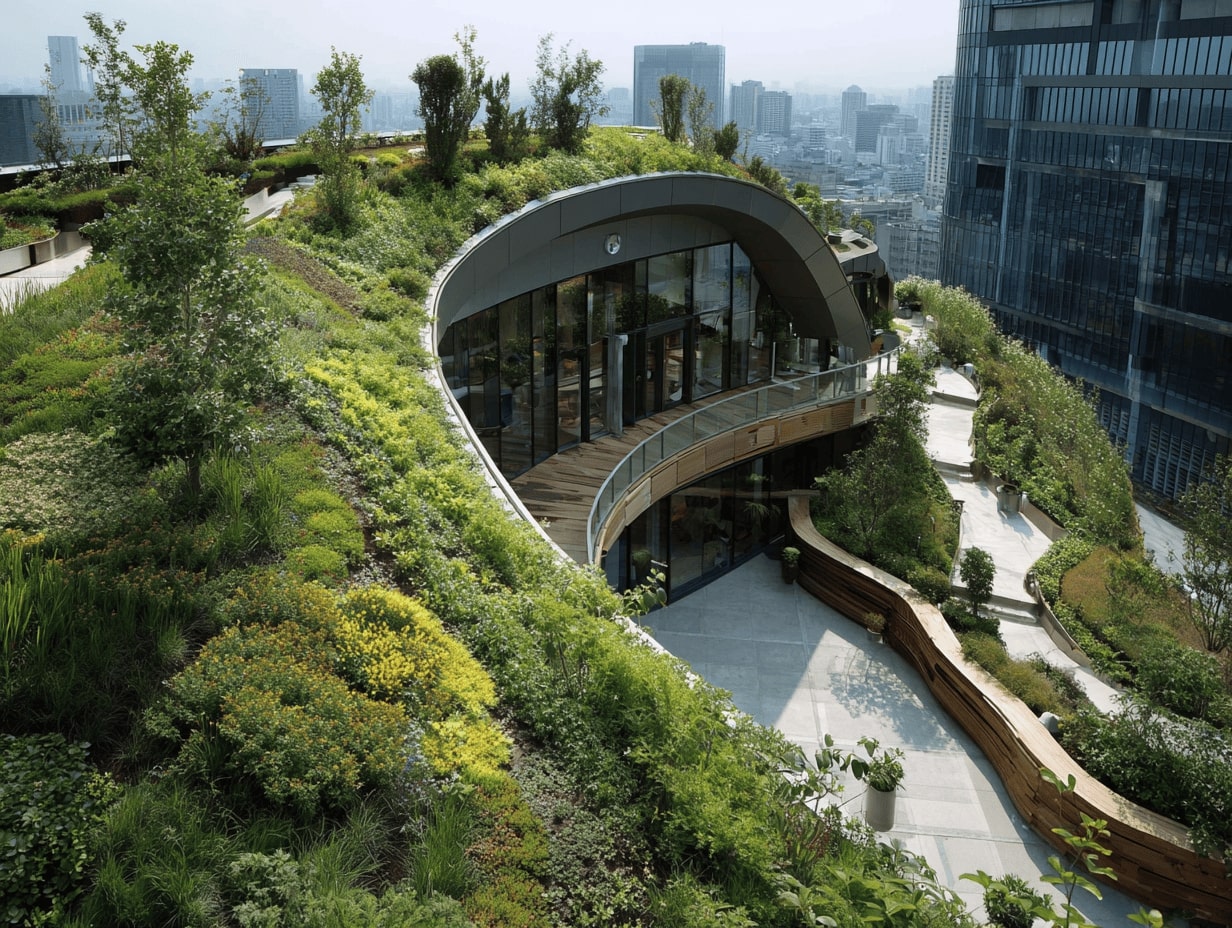- Home
- Articles
- Architectural Portfolio
- Architectral Presentation
- Inspirational Stories
- Architecture News
- Visualization
- BIM Industry
- Facade Design
- Parametric Design
- Career
- Landscape Architecture
- Construction
- Artificial Intelligence
- Sketching
- Design Softwares
- Diagrams
- Writing
- Architectural Tips
- Sustainability
- Courses
- Concept
- Technology
- History & Heritage
- Future of Architecture
- Guides & How-To
- Projects
- Interior Design
- Competitions
- Jobs
- Store
- ToolsNew
- More
- Home
- Articles
- Architectural Portfolio
- Architectral Presentation
- Inspirational Stories
- Architecture News
- Visualization
- BIM Industry
- Facade Design
- Parametric Design
- Career
- Landscape Architecture
- Construction
- Artificial Intelligence
- Sketching
- Design Softwares
- Diagrams
- Writing
- Architectural Tips
- Sustainability
- Courses
- Concept
- Technology
- History & Heritage
- Future of Architecture
- Guides & How-To
- Projects
- Interior Design
- Competitions
- Jobs
- Store
- ToolsNew
- More
Embrace Green Living Reimagined: Innovative Ways for a Sustainable Future
Discover the evolution of green living in this insightful article that redefines sustainable lifestyles. From urban gardening to zero-waste practices, explore innovative solutions that harmonize eco-consciousness with modern convenience. Learn how adopting these principles not only benefits the planet but enhances personal well-being.

In a world where sustainability is more crucial than ever, green living is evolving into something fresh and innovative. We’re no longer just recycling or using energy-efficient bulbs; we’re reimagining our lifestyles to embrace a holistic approach that benefits both us and the planet. This shift invites us to rethink our habits, choices, and the impact they have on our environment.
As we dive into this new era of green living, we’ll explore creative solutions that blend eco-consciousness with modern convenience. From urban gardening to zero-waste practices, we’re discovering ways to live sustainably without sacrificing comfort or style. Join us on this journey as we uncover how embracing these principles can lead to a healthier, more vibrant life for ourselves and future generations.

Table of Contents
ToggleUnderstanding Green Living Reimagined
Green living reimagined involves transforming our lifestyles to embrace sustainability beyond traditional methods. As we become more aware of our environmental impact, this evolution encourages innovative practices that integrate eco-conscious choices within our daily routines.
Green living now emphasizes a comprehensive mindset. We focus on reducing our carbon footprint through sustainable transport options, like biking or using public transit. Incorporating renewable energy sources, such as solar panels, into our homes fosters energy independence and reduces reliance on fossil fuels.
Urban gardening serves as an innovative solution for city dwellers. By utilizing limited space to cultivate plants, we enhance local biodiversity and reduce food miles. This practice not only provides fresh produce but also fosters community engagement, enriching urban life.
Zero-waste practices change our relationship with consumption. By prioritizing reusable products over single-use items, we minimize landfill contributions. Simple changes, like carrying a reusable water bottle or shopping with cloth bags, demonstrate our commitment to reducing plastic waste.
Smart technology integration supports our green initiatives. Smart thermostats optimize energy use, while apps help us track our eco-footprint. These tools streamline our efforts and make sustainable living effortless.
Exploring these innovative solutions enables us to redefine what it means to live green. By embracing eco-friendly alternatives, we contribute to a more sustainable future and improve our quality of life. Through collective action, we make a significant impact on the environment and cultivate a healthier planet for all.
Benefits of Green Living
Living green offers numerous advantages, not just for the environment but also for our personal well-being. Embracing sustainability fosters a healthier lifestyle while contributing to the preservation of our planet.

Environmental Impact
Adopting green living practices significantly reduces our ecological footprint. It minimizes waste through practices like recycling and composting, with studies showing that recycling one ton of waste can save around 1,000 gallons of water. Choosing renewable energy sources, such as wind or solar power, curtails greenhouse gas emissions by up to 80% compared to fossil fuels. Urban gardening enhances local ecosystems, attracting pollinators and promoting biodiversity. Furthermore, reducing single-use plastics supports ocean health, as plastics account for an estimated 80% of marine debris. Collectively, these initiatives lead to cleaner air, water, and soil, fostering a more sustainable environment for future generations.
Personal Well-being
Engaging in green living positively influences our health. Studies indicate that spending time in green spaces reduces stress and improves mental health. Furthermore, consuming organic produce, free from harmful pesticides, enhances our physical well-being. Green building practices contribute to better air quality, resulting in fewer respiratory issues among occupants. Also, adopting a zero-waste lifestyle encourages mindfulness around consumption habits, leading to financial savings and reduced clutter in our lives. Overall, by embracing eco-friendly habits, we not only protect the environment but also improve our quality of life.
Innovative Practices in Green Living
Innovative practices in green living offer practical ways to integrate sustainability into our lifestyles. By adopting these strategies, we create environments that are both livable and environmentally responsible.

Sustainable Home Design
Sustainable home design focuses on energy efficiency, resource conservation, and overall wellness. Key elements include:
- Passive Solar Design: We utilize natural light and heat through strategic window placement and thermal mass materials, reducing heating and cooling needs.
- Recycled Materials: We incorporate reclaimed wood, recycled metal, and other salvaged materials in our building projects, minimizing resource extraction and waste.
- Green Roofs: We install green roofs to improve insulation, manage stormwater, and enhance urban biodiversity.
- Energy-efficient Appliances: We select Energy Star-rated appliances that consume less electricity and water, helping to lower utility bills and conserve resources.
Eco-friendly Transportation
Eco-friendly transportation reduces our carbon footprints while providing efficient travel options. Effective methods include:
- Biking and Walking: We promote cycling and walking as viable daily transport methods, enhancing health and reducing vehicle emissions.
- Carpooling and Ride-sharing: We engage in carpooling and use ride-sharing services to decrease single-occupancy vehicles on the road, cutting down on traffic congestion and pollution.
- Electric Vehicles (EVs): We invest in electric or hybrid vehicles that produce lower emissions and incur fewer operating costs over time.
- Public Transit: We advocate for using buses and trains, which can significantly lower per capita greenhouse gas emissions compared to private cars.
By integrating sustainable home design and eco-friendly transportation into our lives, we actively enhance our green living practices for a healthier planet and a higher quality of life.
Challenges and Solutions
Green living presents challenges that require innovative solutions. We encounter various obstacles in adopting sustainable practices, but understanding these difficulties enables us to develop effective strategies for overcoming them.

Overcoming Common Obstacles
We face common obstacles when trying to embrace green living, such as lack of knowledge, high initial costs, and limited access to eco-friendly products.
- Lack of Knowledge: Many individuals aren’t aware of sustainable practices. Providing educational workshops and online resources fosters awareness and helps us make informed decisions.
- High Initial Costs: Sustainable products can seem expensive. We can seek out subsidies, grants, or community initiatives that reduce these costs while promoting long-term savings.
- Limited Access: Access to eco-friendly products varies by location. Establishing local co-ops or community markets can improve availability and support local economies.
By tackling these obstacles head-on, we can create an environment that encourages everyone to participate in green living.
Community Involvement
Community involvement plays a crucial role in advancing green living initiatives. Engaging with our neighbors enhances our collective impact.
- Group Projects: Organizing community clean-up events or urban gardening initiatives fosters a sense of shared responsibility and boosts local biodiversity.
- Local Networks: Creating networks for sharing resources, such as tool libraries or carpool options, reduces individual costs while promoting sustainability.
- Advocacy Campaigns: Participating in advocacy for local policies supporting sustainable practices increases awareness and leads to meaningful changes in our community.
Community involvement strengthens our commitment to green living, turning individual efforts into collective action for a healthier planet.
Future of Green Living Reimagined
The future of green living reimagined centers on advanced technologies and community-driven solutions that drive sustainability. As eco-conscious trends evolve, we witness a growing integration of smart technologies into our daily lives to enhance green practices. For instance, smart home devices, like thermostats and energy monitors, optimize energy consumption, leading to significant cost savings and reduced carbon footprints.
We can also expect urban areas to transform through vertical gardens and green roofs. These innovations not only improve air quality, but they also promote local food production and biodiversity. Green urban spaces create communities that inspire participation in sustainability efforts.
Sustainable architecture continues to gain momentum. Buildings designed with eco-friendly materials and renewable energy sources contribute to energy-efficient living spaces. The trend leans toward utilizing recycled and locally sourced materials, reducing transportation emissions while supporting local economies.
Electric vehicles and improved public transit systems will likely replace traditional modes of transportation, leading to cleaner air and reduced greenhouse gas emissions. As the infrastructure for electric charging stations expands, more people can adopt electric vehicles confidently.
Community initiatives play a crucial role in advancing green living. Collaborative projects, such as community gardens and local clean-up events, foster connections among residents and create shared responsibilities for maintaining sustainable practices. We can enhance awareness and inspire action by encouraging grassroots movements to address environmental issues directly.
Finally, educational platforms that focus on sustainability empower individuals with the knowledge to make informed decisions. Online courses, workshops, and local programs raise awareness about eco-friendly practices and provide practical implementation strategies, ensuring the transition to green living becomes accessible for everyone.

Conclusion
Green living reimagined centers on comprehensive lifestyle shifts that prioritize sustainability. We embrace eco-conscious practices that redefine our daily routines. This approach not only benefits the planet but also enhances our overall well-being.
Adopting sustainable habits, such as urban gardening and zero-waste initiatives, strengthens our communities. These practices foster local biodiversity and encourage responsible consumption. Utilizing renewable energy sources, like solar panels, demonstrates our commitment to reducing carbon footprints.
We recognize the importance of innovative solutions in achieving our green living goals. Smart technologies streamline energy use and facilitate conscious choices, making it easier for us to live sustainably. Additionally, sustainable home designs and eco-friendly transportation options contribute to a healthier environment while promoting personal health.
Overcoming challenges in green living requires collective action. We advocate for community initiatives and educational workshops that empower individuals with knowledge. By sharing resources and creating supportive networks, we can navigate obstacles together, making sustainable living accessible for all.
The future of green living promises exciting advancements, reinforced by community-driven efforts. We anticipate the widespread adoption of cleaner technologies and sustainable architecture. Embracing these changes allows us to contribute to a healthier planet and a fulfilling lifestyle. Ultimately, by reimagining our approach to green living, we create a positive impact for ourselves and future generations.
- biodegradable product innovations
- carbon footprint reduction
- climate change solutions
- eco-conscious living
- eco-friendly home improvements
- eco-friendly lifestyle ideas
- eco-innovation
- environmental conservation strategies
- environmentally friendly innovations
- green architecture ideas
- green business practices
- green living innovations
- green technology advancements
- innovative green products
- renewable energy solutions
- sustainability in daily life
- sustainable agriculture methods
- sustainable future planning
- sustainable home design
- sustainable living solutions
- sustainable resource management
- sustainable urban planning
- zero waste living tips
Submit your architectural projects
Follow these steps for submission your project. Submission FormLatest Posts
Sustainable Home Design Starts Underground: The Overlooked Role of Septic Systems
When we think of sustainable home design, most people picture solar panels,...
Understand Site Topography and Its Role in Sustainable Design for Eco-Friendly Solutions
Discover how understanding site topography transforms sustainable design by optimizing energy use,...
Exploring the Current Uses of Green Roofs: Benefits for Urban and Rural Spaces
Discover the growing uses of green roofs in urban and rural spaces,...
5 Ways To Make Your Home Greener For The Greater Good
Living greener at home isn’t about being perfect or keeping up with...












Leave a comment